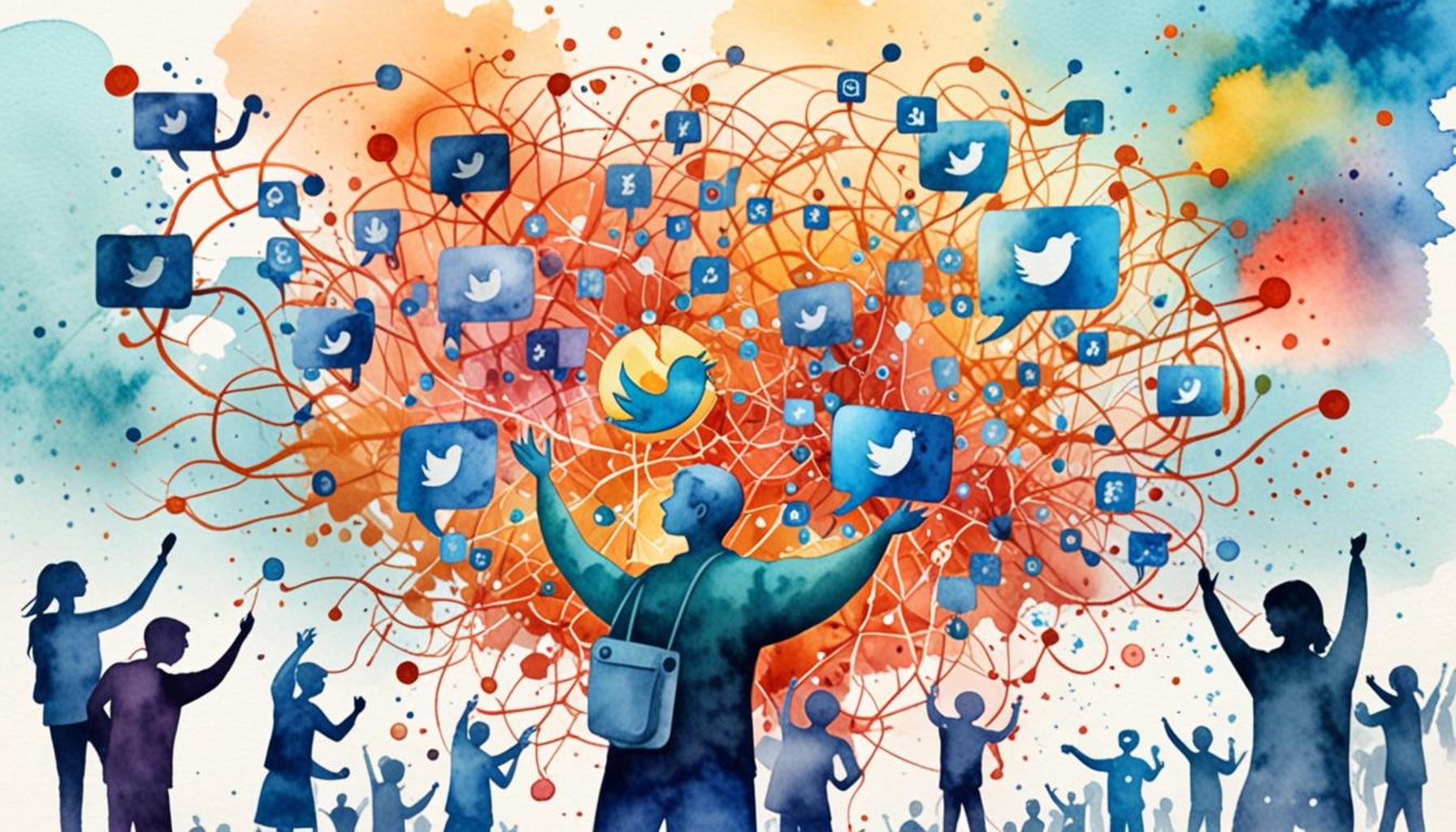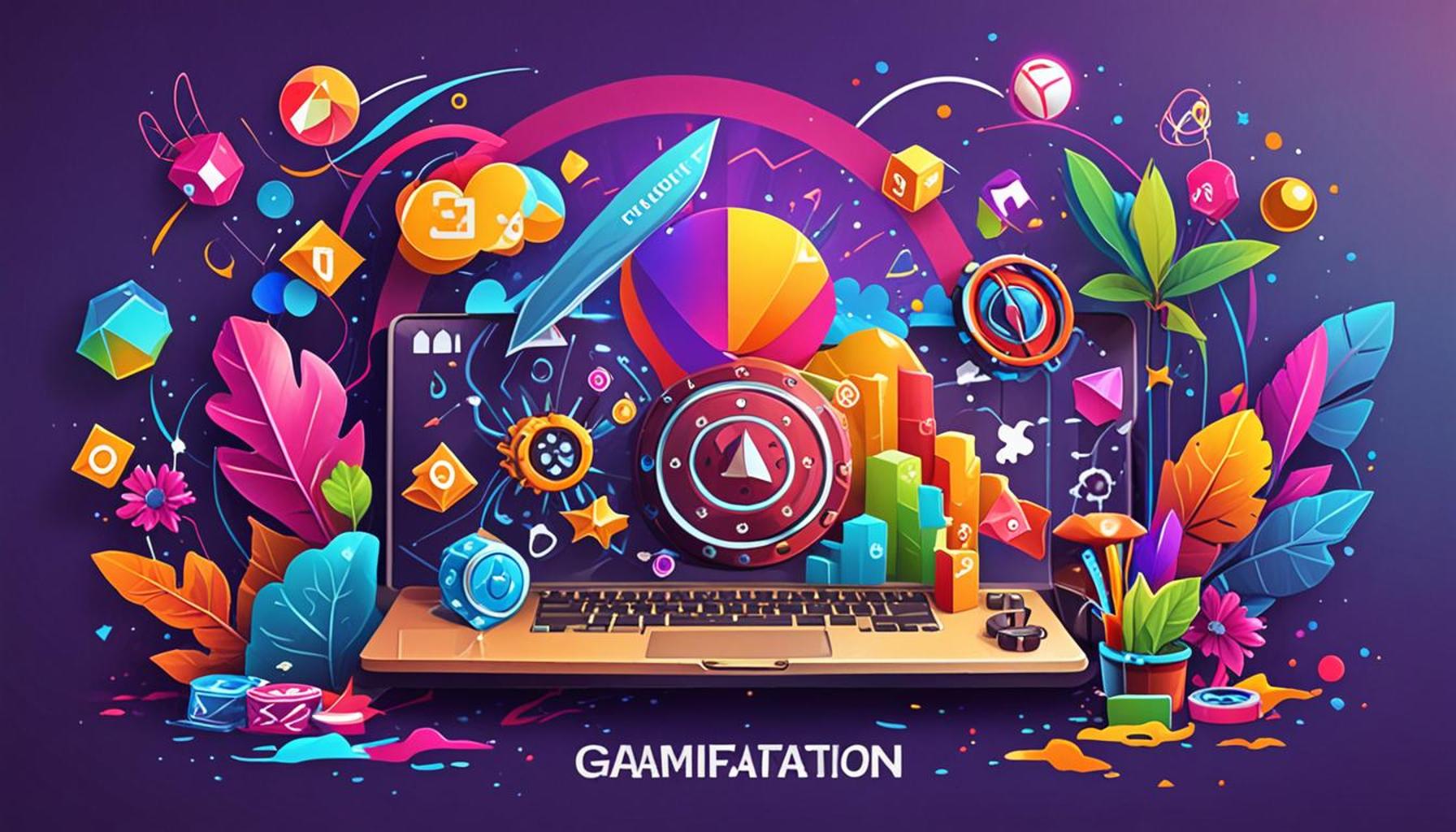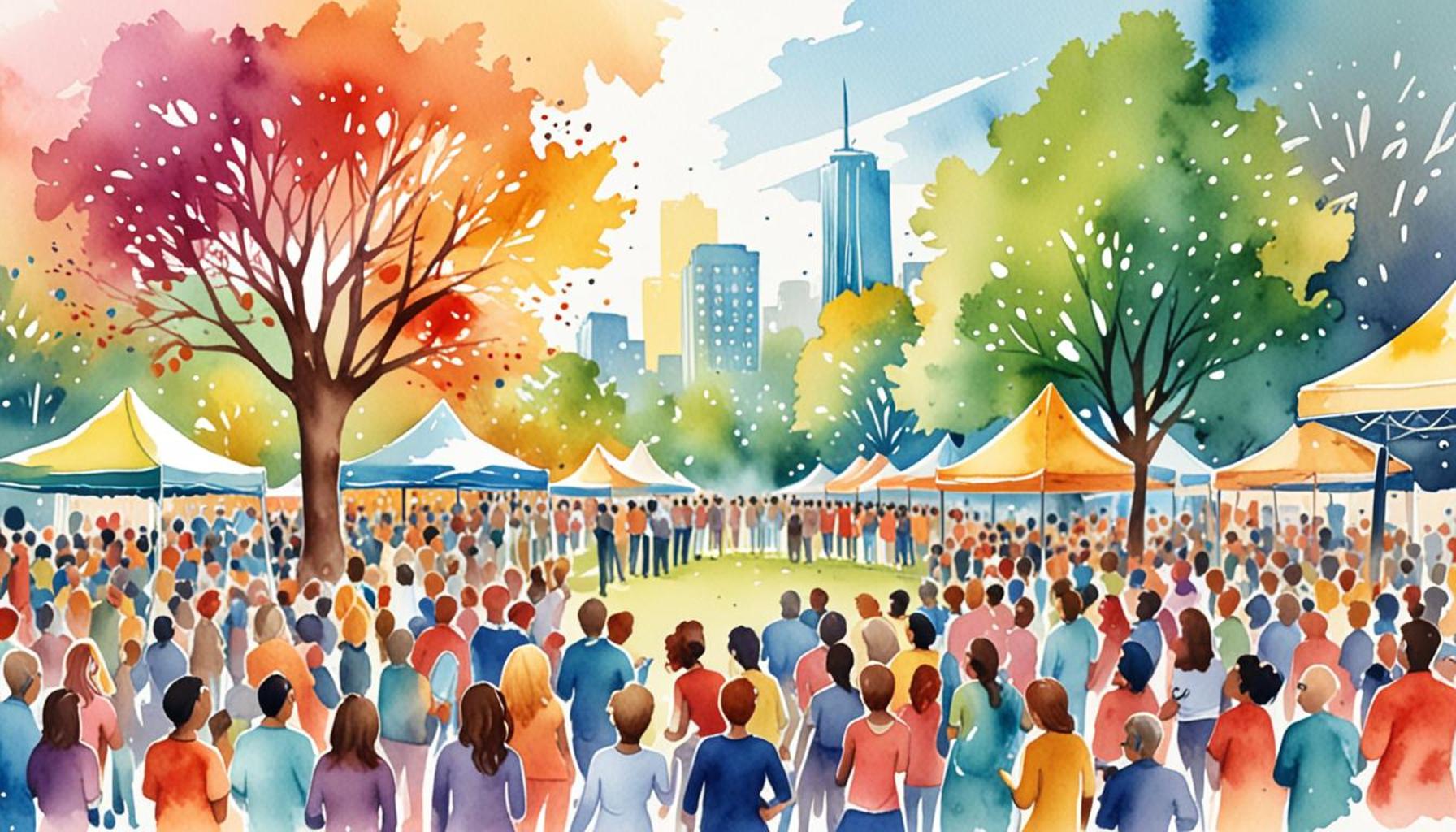The Role of Social Media in Mobilizing for Government Benefits

Social Media in Mobilizing for Government Benefits
The advent of social media has revolutionized how information regarding government benefits is shared and accessed. It is no longer just a platform for socializing; it has morphed into a vital resource for individuals seeking assistance in various aspects of life. Whether it be healthcare, unemployment benefits, or food assistance, social media has carved a niche as a pivotal tool for connecting individuals with essential government services.
Information Dissemination
One of the most significant advantages of social media is its ability to provide real-time updates. When changes are made to government programs, such as adjustments in eligibility criteria or the introduction of new benefits, these alterations are often shared almost instantaneously through platforms like Twitter and Facebook. For instance, amidst the COVID-19 pandemic, state agencies used social media channels to rapidly inform the public about new unemployment benefits and stimulus checks, allowing residents to stay informed and apply for aid without unnecessary delays.
Community Building
Another powerful function of social media is the facilitation of community building. Users across the United States can share personal stories related to their experiences navigating complex application processes for government assistance. Groups dedicated to specific challenges, such as single parents or veterans applying for assistance, provide a support network where individuals can exchange advice, share resources, and encourage one another. Such communities often cultivate a sense of belonging and empowerment, urging members to advocate for their rights and needs collectively.
Advocacy Campaigns
In addition to information sharing and community support, social media acts as a catalyst for advocacy campaigns. Grassroots movements have leveraged social platforms to mobilize citizens quickly and efficiently. For example, campaigns like #FoodStampChallenge encourage individuals to experience life on a food stamp budget, drawing wider attention to the struggles faced by low-income families. These viral movements not only raise awareness but also prompt discussions among policymakers, potentially leading to legislative changes that enhance social safety nets.
The Impact of Hashtags and Collective Voice
With over 70% of the U.S. population engaging on various social media platforms, the collective power of voices can create significant changes. Hashtags such as #MedicaidMatters allow users to rally around important issues and share vital information, thus amplifying their concerns and demands. As these discussions gain traction, they reach wider audiences, providing a platform for individuals who may not have had their voices heard in traditional media or politics.
Conclusion
As we continue to explore how social media enhances the quest for government benefits, it becomes evident that these platforms are not just tools for information dissemination; they also empower individuals to participate actively in the political process. Understanding the interplay between social media and government benefits illuminates new avenues for advocacy and support in a rapidly evolving digital landscape.
LEARN MORE: This related article may interest you
Empowering Individuals through Social Media
As the digital age progresses, social media has emerged as a key player in empowering individuals to navigate the often labyrinthine landscape of government benefits. For many, applying for assistance can be a daunting task, bogged down by bureaucratic processes and complex application forms. However, platforms such as Facebook, Twitter, and Instagram serve as beacons of hope and information, streamlining access to the help that countless Americans require. With just a few clicks, users can access relevant resources, connect with experts, and even learn about their eligibility for various programs.
Connecting Citizens to Resources
Social media acts as a bridge, connecting citizens to various resources they might not have discovered otherwise. Many government agencies are now using social media as a primary outlet to share crucial information regarding their services. For instance, local health departments frequently post updates about Medicaid expansion, eligibility changes, and enrollment deadlines on their social media pages. This direct line of communication not only ensures that the public is well-informed, but also fosters a culture of accountability within government organizations. People can engage with these postings, ask questions, and share their experiences, creating an interactive dialogue not typically available through traditional channels.
Essential Government Benefits Relying on Social Media
The following are just a few examples of government benefits that have greatly benefited from social media mobilization:
- Food Assistance Programs: Social media campaigns educate users about Supplemental Nutrition Assistance Program (SNAP) and food bank resources available in their communities.
- Unemployment Benefits: As job losses spiked during the pandemic, social platforms became indispensable for disseminating information on how to apply for unemployment benefits and the eligibility requirements.
- Healthcare Access: Organizations utilize social media to promote vaccination drives and healthcare services available under programs like Medicare and Medicaid.
These programs rely heavily on public awareness to operate efficiently, and social media serves as a critical tool for raising that awareness. By utilizing strategies like targeted ads, live Q&A sessions, and information-sharing graphics, government bodies can reach diverse populations, including those who may not be actively seeking assistance.
The Influence of User-Generated Content
User-generated content, another facet of social media, plays an integral role in shaping public perception and outreach regarding government benefits. When individuals share their success stories or provide insights into their experiences with government assistance, they not only normalize the search for help but also provide valuable guidance to those who may be hesitant or unaware of available options. For example, a post detailing the step-by-step process of applying for benefits can significantly demystify what is often perceived as a complicated ordeal.
Ultimately, social media transforms the way citizens perceive government assistance, making it more accessible and relatable. As technology continues to evolve, so too will the role of social media in mobilizing individuals around government benefits, highlighting the importance of these platforms in modern governance and societal support structures.
| Advantage | Description |
|---|---|
| Quick Access to Information | Social media platforms provide immediate updates on government programs and benefits available to citizens, making it easier for individuals to stay informed. |
| Community Engagement | Social networks foster community discussions, allowing users to share experiences and success stories related to accessing government benefits, encouraging others to act. |
| Targeted Outreach | Governments can harness social media’s capabilities to target specific groups with tailored messages, maximizing the impact of initiatives aimed at securing benefits. |
| Enhanced Accessibility | By using social media, government agencies ensure that vital information reaches diverse populations, including marginalized communities, and bridges knowledge gaps associated with benefit programs. |
LEARN MORE: This related article may interest you
Strategies for Effective Engagement
As social media platforms continue to evolve, so do the strategies employed to engage with individuals seeking government benefits. The effectiveness of these strategies significantly impacts how successfully information is disseminated and how communities are mobilized. Government agencies and advocacy groups are increasingly recognizing the importance of tailored content that resonates with specific demographics. This targeted approach leverages algorithms to ensure that information reaches those who need it most. For instance, customized posts featuring real-life testimonials from people similar to the intended audience can resonate more profoundly, encouraging engagement and participation.
Utilizing Influencers and Community Leaders
Another innovative strategy involves the use of social media influencers and community leaders to bridge the gap between government entities and citizens. Influencers who focus on social issues, particularly those related to equity and access, can amplify messages about available government benefits. By leveraging their established trust within communities, they are able to effectively communicate critical information about programs like WIC (Women, Infants, and Children) and housing assistance, ensuring that those who need the benefits know where to find them.
Moreover, community leaders on platforms like Facebook and Instagram can organize virtual town halls, fostering discussions that enable citizens to ask questions directly to representatives from government agencies. This promotes transparency and builds trust, while encouraging community involvement and dialogue about available services.
The Role of Multimedia Content
In addition to influencer partnerships, the format in which information is shared plays a pivotal role in its accessibility. Multimedia content, including videos, infographics, and animated guides, can make intricate topics like eligibility criteria for Social Security benefits easier to understand and navigate. For example, a short video tutorial that visually outlines the steps to apply for benefits can demystify the process and encourage more individuals to take action.
Additionally, platforms such as TikTok have emerged as influential spaces for engagement among younger demographics who might be unaware of the benefits they qualify for. Creative content showcasing success stories of individuals who have benefited from government programs can go viral, reaching audiences far beyond traditional communication methods.
Challenges and Misunderstandings
While the advantages of social media in mobilizing for government benefits are substantial, challenges still persist. Misinformation is a significant hurdle, as erroneous posts can lead to confusion and misplaced trust in unofficial sources. Therefore, it is critical for government agencies to actively monitor discussions and clarify misconceptions. Disseminating accurate information through official channels can reduce the risk of misinformation and foster informed communities.
Moreover, the digital divide remains a concern, as not all populations have equal access to the internet or social media platforms. This discrepancy can lead to exclusionary practices regarding information sharing. To combat this, some organizations complement their digital efforts with traditional outreach methods, such as flyers, community meetings, and partnerships with local organizations that serve underrepresented groups.
The dynamics of social media as a mobilizing force for government benefits illustrate not only the power of technology to create change but also the ongoing need for informed and comprehensive engagement strategies. By harnessing the full potential of these platforms, stakeholders can foster a more informed citizenry, ultimately driving better access to essential government services.
ADDITIONAL INSIGHTS: Expand your understanding here
Conclusion
In summation, the role of social media in mobilizing for government benefits reflects a profound shift in how information is disseminated and how communities engage with essential services. As we navigate an increasingly digital world, social media platforms serve not merely as communication tools but as vital bridges connecting citizens with the opportunities and resources available to them. The effective harnessing of tailored content, influencer outreach, and engaging multimedia formats has the potential to reach underserved populations and provide clarity regarding complex programs.
Despite the remarkable benefits afforded by social media, challenges such as misinformation and the digital divide must be addressed to ensure equitable access to information. As government agencies and advocacy groups strive for comprehensive engagement, they must remain vigilant against the pitfalls of erroneous content and work to bridge the technological gaps that persist in various communities.
Ultimately, the future of mobilizing for government benefits through social media promises a more informed and engaged public. By continually refining strategies and utilizing innovative approaches, we can potentially unlock pathways to essential benefits for all individuals. As stakeholders in this dialogue, we must remain committed to fostering transparency, accessibility, and community involvement. The evolution of social media in this essential realm signifies not only a technological advancement but also a vital step toward empowering citizens in securing their rights and enhancing their lives.


